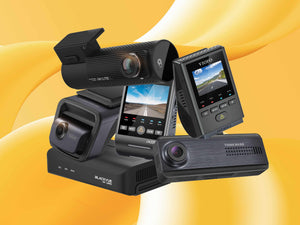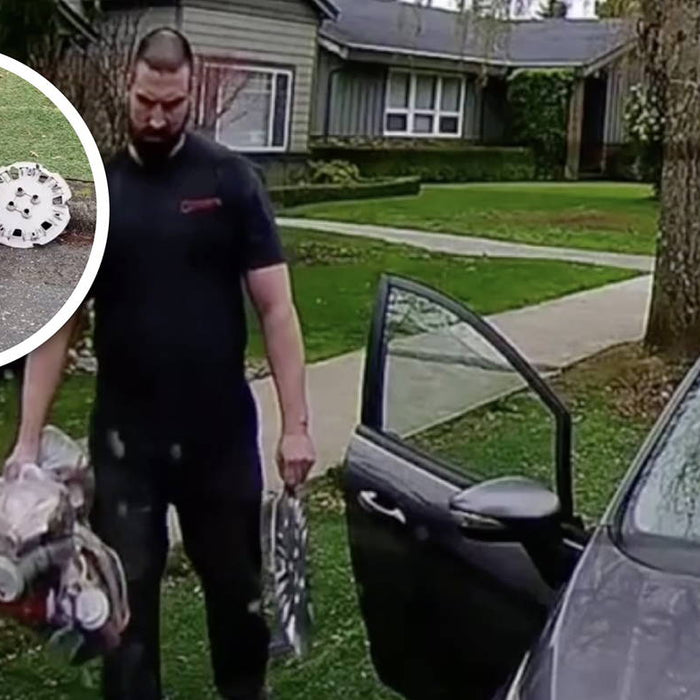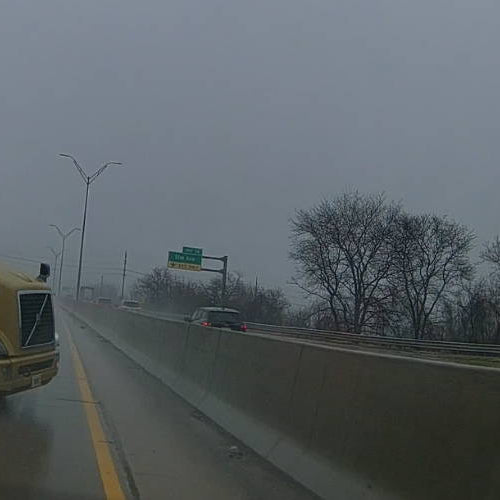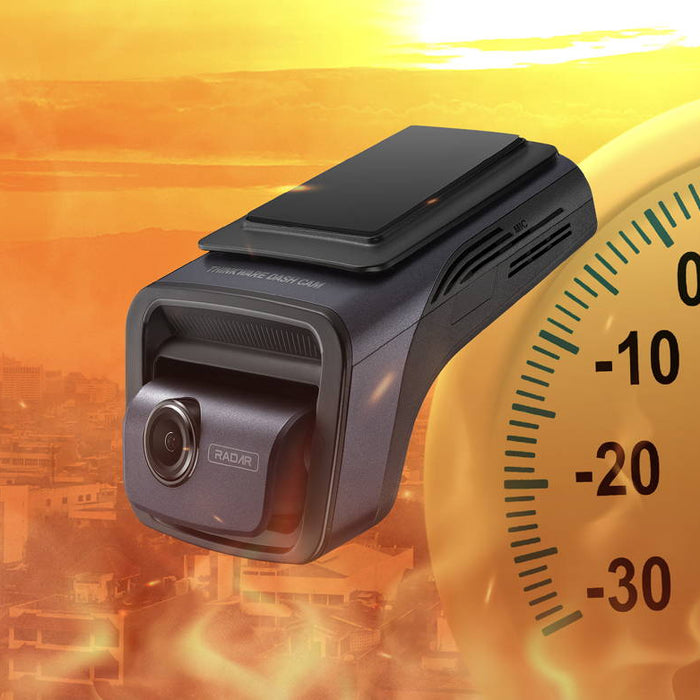Self-driving cars also called autonomous vehicles (AVs), use autonomous driving technology and require various driver engagement levels. We have encountered this type of technology, whether we realize it or not.
There is a scale of autonomy used to describe the different levels of these types of cars.
-
Autonomy Level 0 – The vehicle has zero automation. The driver is in charge of performing all driver tasks.
-
Autonomy Level 1 – The vehicle includes driver assistance. The driver controls the vehicle, but some of the driver assistance features may be included in the vehicle’s design.
-
Autonomy Level 2 – The vehicle is partially automated. There is a combination of automated functions like acceleration and steering. Still, the driver is required to remain engaged and monitor the environment at all times.
-
Autonomy Level 3 – The vehicle possesses conditional automation. The driver is still a necessity in the vehicle but is not required to monitor the environment. The driver has to be able to regain control of the vehicle at a moment’s notice.
-
Autonomy Level 4 – The vehicle can perform all of the driving functions under certain conditions. The driver has the option of controlling the vehicle.
-
Automation Level 5 – The vehicle can perform all of the driving functions under any condition. The driver has the option of controlling the vehicle.
To give you a better idea of this scale, Parking Assistance is a Level 1 feature. The automation systems currently on the road from companies such as Tesla, Mercedes, GM, and Volvo, are Level 2, meaning the car controls steering and speed on a well-marked highway but a driver still has to supervise. By comparison, a Honda vehicle equipped with its “Sensing” suite of technologies, including adaptive cruise control, lane-keeping assistance, and emergency braking detection, is a Level 1. So when we’re talking about fully self-driving cars, that’s a Level 4 or a Level 5.
The current market for autonomous vehicles sits at $54 billion. Experts expect that to increase ten-fold in the next five to seven years, especially with the traditional automakers looking to get in on a piece of the action. Even Audi plans to spend an additional $16 million in developing these self-driving cars by 2023. It is forecasted that 33 million autonomous vehicles will be on the roadways by 2040.
But how would you feel if you pulled up to a stoplight and saw a car with no driver of there is a driver, but he’s taking a nap? You might laugh at the idea of this, and you’re not alone - 43% of drivers in the United States are not comfortable trusting self-driving cars either.
But soon enough, it could be a reality.





